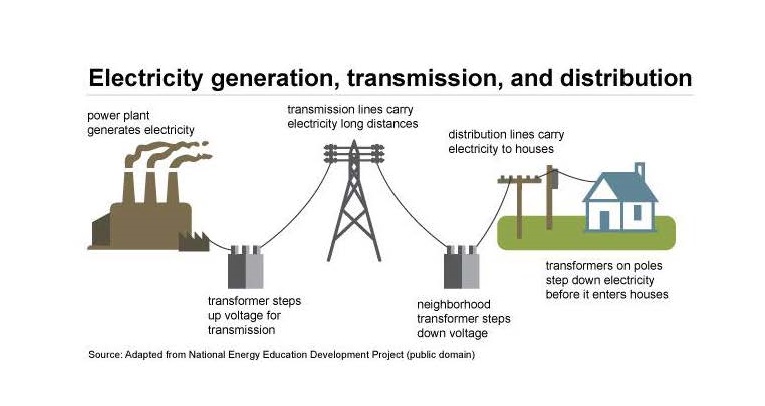Why Burying Electrical Lines is Not Practical
Burying electrical lines may seem like an appealing solution to avoid power outages caused by storms or other weather-related events. However, there are several significant challenges that make this option impractical for our community. Here, we explain the key reasons why burying electrical lines is not feasible, considering the costs, repair times, vulnerabilities, and practical challenges involved.
1. Cost
Underground electrical lines are substantially more expensive than overhead lines. The cost to bury power lines ranges from 3 to 14 times more per foot or mile compared to building overhead lines. This prohibitive cost makes it impractical to bury an entire power system. Most utilities, therefore, only bury key lines. Additionally, communication companies, such as phone and internet providers, would also need to bury their lines, incurring further costs.
2. Repair Time
While underground lines may be less susceptible to damage from storms, when they do require repair, it can take up to 60% longer to fix them compared to overhead lines. Finding and fixing faults in buried lines is a complex and time-consuming process, which can lead to extended power outages for our residents.
3. Vulnerability
Underground lines are not immune to environmental threats. They are vulnerable to:
- Flooding: Water infiltration can damage underground cables.
- Earthquakes: Shifting ground can break buried lines.
- Construction and Digging: Accidental damage from construction activities is a common issue.
- Lightning and Equipment Failures: Despite being underground, these lines can still be affected by lightning strikes and other equipment issues.
4. Practical Challenges
Burying power lines in developed areas presents numerous logistical difficulties:
- Infrastructure Congestion: In urban areas, existing infrastructure like sewers, gas lines, and internet cables can complicate the process of burying electrical lines.
- Floodplains: Areas prone to flooding pose significant risks, as water and electricity are a dangerous combination.
- Heat Dissipation: Transmission lines designed for overhead use are not suitable for burial because they generate heat that cannot dissipate properly underground. This necessitates additional insulation, further increasing costs.
- Routine Maintenance: Maintaining underground lines is challenging and often requires excavation to address faults, which is both time-consuming and disruptive.
- Environmental Impact: The process of burying lines can be more disruptive to the environment than overhead lines. Clearing vegetation for construction and access can destroy habitats and limit biodiversity. Furthermore, ongoing vegetation management is required to prevent deep-rooted plants from damaging the lines.
5. Newly Developed Areas
In newly developed areas, electrical lines are often buried. However, the cost of this infrastructure is typically transferred to the property owners. These residents then face the same challenges mentioned above, including longer repair times, increased vulnerability to environmental threats, and practical difficulties related to maintenance and repairs.
Conclusion
While the idea of burying electrical lines might initially seem beneficial for reducing outages, the significant costs, extended repair times, vulnerabilities, and practical challenges make it an impractical solution for our community. We continue to explore and implement other methods to enhance the resilience and reliability of our power system, prioritizing solutions that balance effectiveness, cost, and environmental impact.
